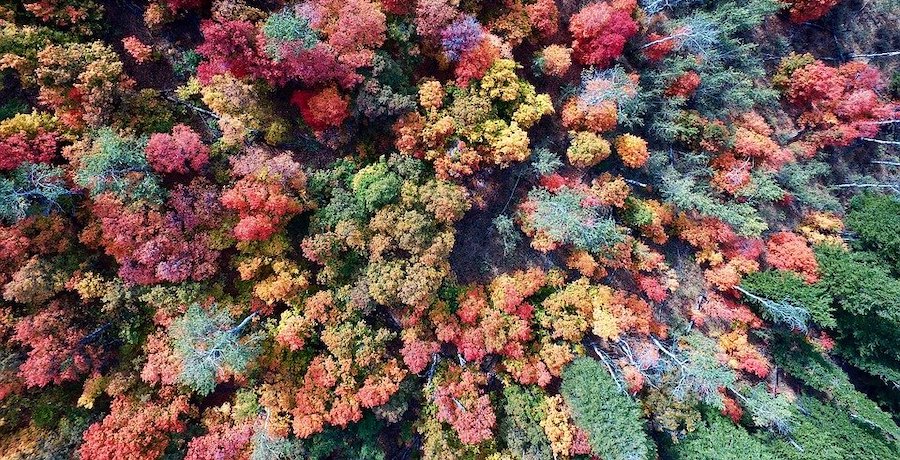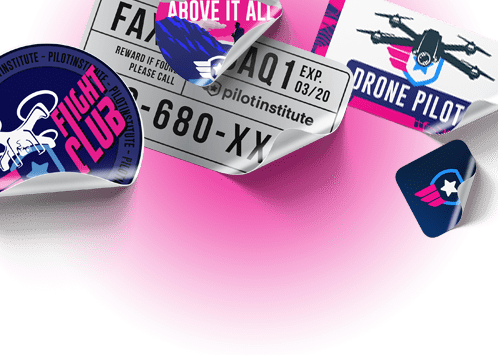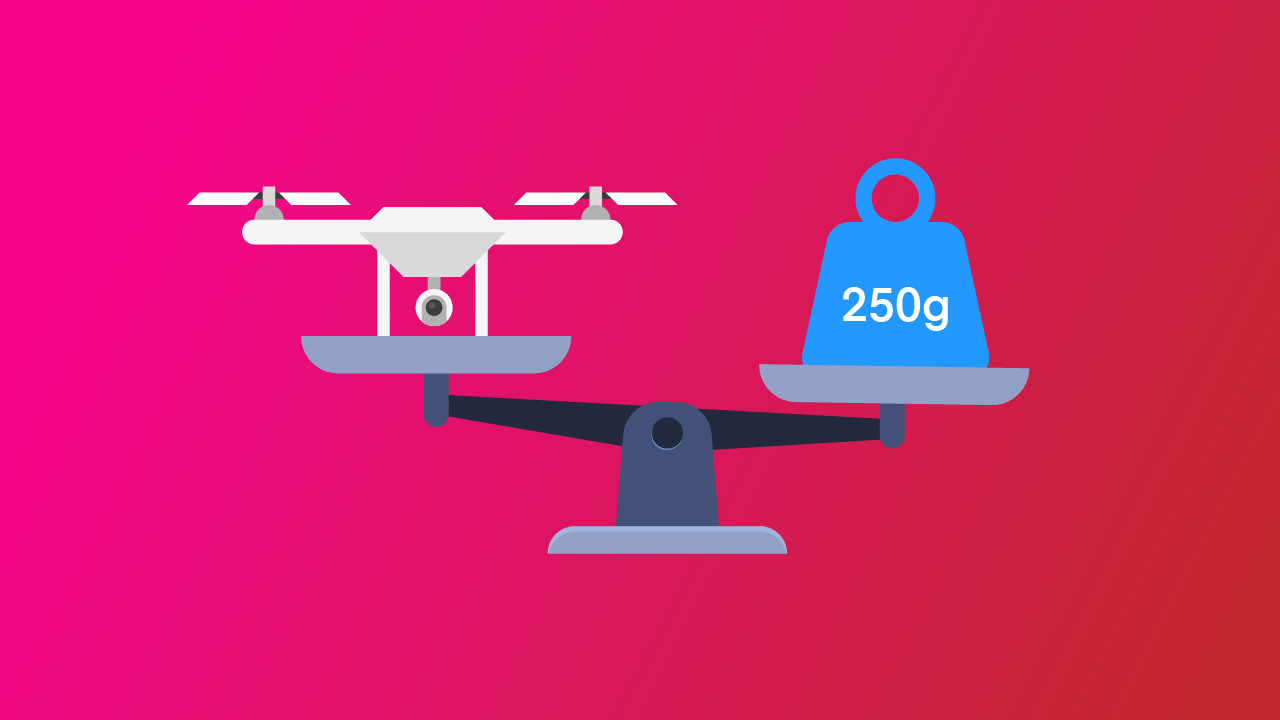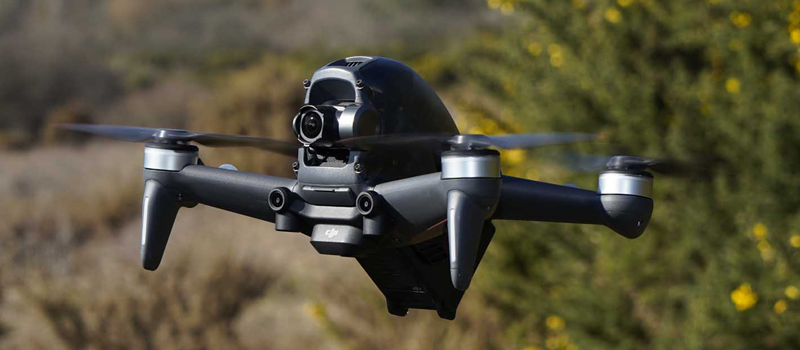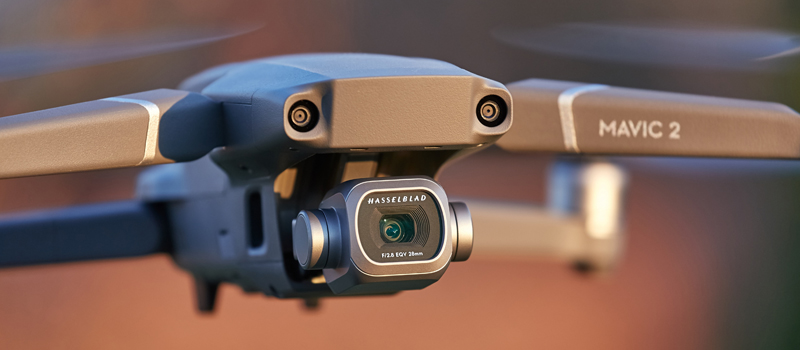-
Who has authority over National Parks?
-
Why the restriction?
-
What are the penalties for flying a drone in a National Park?
-
Is there still a way to take aerial photos of sights in National Parks?
- 1. Fly just outside the National Park boundaries
- 2. Secure authorization from the NPS
-
What about public parks?
-
What about National Forests?
-
FAA rules still apply
-
Final thoughts
Nature is one of the best subjects of drone photography. There are only a few places that could rival the beauty of the canyons of Yellowstone or the majestic waterfalls in the Yosemite Valley. You might even include national monuments as a close second, solely because of their cultural and historical significance. One thing common with these places that you must not overlook is that they are located inside National Parks.
Are you going to run into trouble if you fly a drone in a National Park? The short answer is yes unless you have requested prior authorization. Why exactly is drone flight prohibited in National Parks? What’s the best way to capture aerial shots of the views that you will only see in a National Park?
Who has authority over National Parks?
The FAA has authority over almost all of national airspace, which includes the airspace directly over National Parks. However, the National Parks Service (NPS) has the authority to restrict flight take off and landing from its property. The NPS has authority over 60 rivers, 23 nature trails, and hundreds of monuments, historic sites, battlefields, seashores, and biking trails. Clearly, the NPS is quite a powerful agency with a heavy responsibility and an accordingly expansive authority.
The bad news for drone pilots is that the NPS has announced a blanket restriction against drone flight from National Parks since August 2014. Under 36 CFR 1.5, flight of all types of unmanned aircraft has been prohibited from National Parks, including drones and model airplanes.
Even worse is the fact that this blanket restriction also applies to all areas under the jurisdiction of the NPS. This has proven to be quite controversial among the commercial drone community simply because of all the lost opportunities for drones to capture amazing shots of all these natural features and historical landmarks. The NPS also doesn’t offer much by way of concession for commercial drone flight in National Parks, making this restriction one of the most absolute of any drone-related laws.
Why the restriction?
To understand the justification for such a wide restriction, it’s best to look at the pronouncement by the NPS. According to the agency, unmanned aircraft pose a safety hazard to the visitors, staff, and wildlife in the park. The noise that drones, in particular, make can also prove to disrupt the serenity that many visitors long for when they go to these parks.
As a side note, the NPS themselves employ the use of drones within National Parks as a means for safety surveillance, search and rescue operations, fire safety, scientific studies, and aerial photography. This isn’t something you can expect to see in all National Parks across the US, as this type of drone use still has to be approved by the director of the region under which the park is located.
What are the penalties for flying a drone in a National Park?
The penalties for violating the ban against drone flight in National Parks are up to six months of jail time and a fine of up to $5000. Violators can be cited park rangers, who have the authority to implement the ban and assess violations on a case-to-case basis.
If you’re wondering how serious the NPS is on enforcing this rule, then it should be enough to know that at least one tourist has been struck with this penalty. As the story goes, the tourist had to pay the penalty after being caught flying a drone over the Grand Prismatic Spring in the Yellowstone National Park. We can’t say for sure if there have been any further citations after that, but you sure wouldn’t want to make it to the headlines as the second example.
Is there still a way to take aerial photos of sights in National Parks?
With such tight restrictions, it would be such a shame if there was no way to capture shots of all the majestic sceneries of the country’s National Parks. Fortunately, there’s a way to skirt around the restrictions. You can also get authorization to fly over a National Park, but it’s likely only going to be approved under very special circumstances.
1. Fly just outside the National Park boundaries
Taking off or landing a drone inside a National Park is certainly out of the question, but it’s possible to just skirt the boundaries of the park. Some drone pilots have even suggested exploiting a loophole in the rule and just flying within the park, as long as you take off and land outside the boundaries. This is a gray area in terms of compliance since you can still disturb wildlife and get fined, and we don’t condone such behavior.
Instead, a much safer strategy is to just fly outside the boundaries of a National Park and look for a vantage point. The advantage of having a flying camera is that you can just continue to gain altitude until you can frame your shot the way you want it. You might not get the best angles of those majestic natural features, but you should still be able to get a good shot with some creative framing. This is the best way around the restriction, which doesn’t run the risk of getting cited by the NPS.
2. Secure authorization from the NPS
The NPS provides authorization to fly drones over National Parks but only if it is done in the aid of scientific studies or research. Any requests for drone flights have to be coursed through the NPS administration. Upon securing written permission from the agency, you will have to get in touch with the management of the National Park you intend to fly in to make sure that you will not run into any problems.
The problem with this approach is that it requires highly specific conditions. If you just want to take aerial photos for a commercial job, then the NPS likely isn’t going to approve your request.
What about public parks?
Public parks or state parks, in contrast to National Parks, are typically much smaller and are maintained and funded by the local government. Depending on the park, the level of government that controls it may vary – some parks are maintained at the state level (thus are called state parks) while others merely fall under the jurisdiction of a city or municipality. Thus, there is no central rulemaking body that governs all public parks.
If you’re asking if it’s legal to fly a drone over a public park or state park, then the answer is that it depends. Rules on drone flight may vary from one jurisdiction to the other. For instance, drone flight is absolutely prohibited in the Del Valle Regional Park in Livermore, California. On the other hand, there have been no issues on drone flight in Salt Point Park in Sonoma County, even in the absence of any published rules regarding the matter.
As a general rule of thumb, drone flight is allowed in all public parks and state parks unless otherwise declared by the relevant authority. If you’re not sure about the rules of a park you’re planning to fly a drone in, then it’s best to consult the park’s website or get in touch with the park administration. Some parks may even have posted signs that will inform you about their stand on drone flight.
Even without a published rule, park staff have the authority to order a drone pilot to cease their operations if they believe that it is causing a safety threat to park visitors, staff, or wildlife.
What about National Forests?
National Forests fall under the jurisdiction of the US Department of Agriculture. The definitive rule on drone flight over National Forests was summarized in the letter released by US Forest Service Chief Thomas Tidwell, stating that drone flight can be allowed without a permit or the payment of any fees as long as it is done for non-commercial purposes. Moreover, any drone flight operations must be conducted only in areas that are generally accessible to the public.
A special exception was made for “wilderness areas,” or areas that are considered ecologically sensitive. Wilderness areas are typically smaller “sub-areas” in National Forests. If you’re unsure of where these wilderness areas area, then it’s best to consult a sectional chart and look for no-fly zones. Drone flight is prohibited in such areas because their mere presence may cause undue stress to the wildlife, causing them to alter their habits. These results are unpredictable and may lead to long-term harm.
FAA rules still apply
Something worth mentioning, whether you’re flying drones along the boundaries of a National Park or over a public park where drone flight is allowed, is that the FAA rules on drone flight still apply. This means that drone flight over crowded areas is still prohibited, as well as over moving vehicles. If you’re flying under Part 107 rules and don’t have the appropriate waiver, make sure to ground your drone once night-time comes around.
Before you deliberate flying near or inside a park, it’s worth checking out a sectional chart first. After all, you may be planning to fly in or around a park that falls under controlled airspace. That only means that you’ll need to get FAA authorization in addition to any approval process you’ll need to fly in the park. That’s quite a lot of red tape to go through, but you’ll want to make sure that you have all the bases covered before you start flying your drone. You would not want to risk paying a penalty or losing your drone license.
Final thoughts
National Parks are undoubtedly great spots to fly your drone. After all, natural features that look good on the ground have to look even better from up high. Unfortunately, you can’t just take out your drone from your bag and start shooting aerial photos – lest you end up paying a hefty fine or risking jail-time.
We agree that not being able to fly drones over National Parks creates a lot of lost opportunities, but we can view that dilemma under the context of natural and historical preservation. Most of these landmarks are simply too important, and no one would want to risk damaging them for the sake of a nice photo.
Is there a possibility of the NPS changing their stand on drone flight? We wouldn’t say that it’s impossible considering all the recent and upcoming changes in the landscape of drone-related legislation. This is still a young industry that’s in a constant state of flux.
